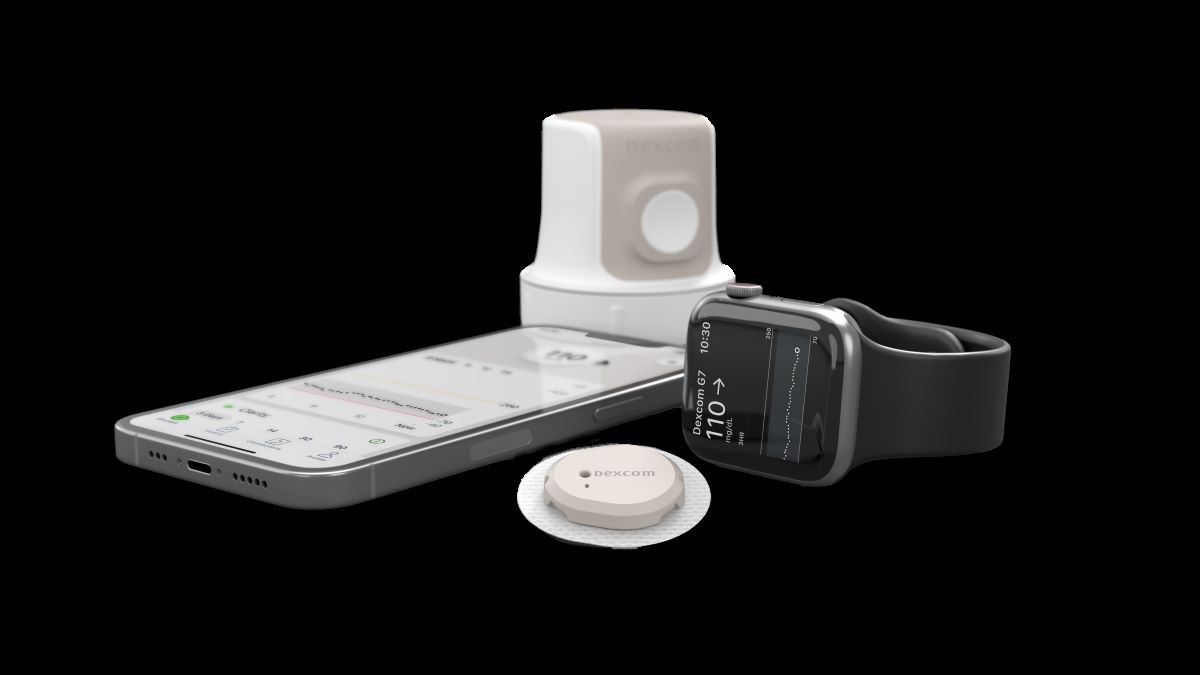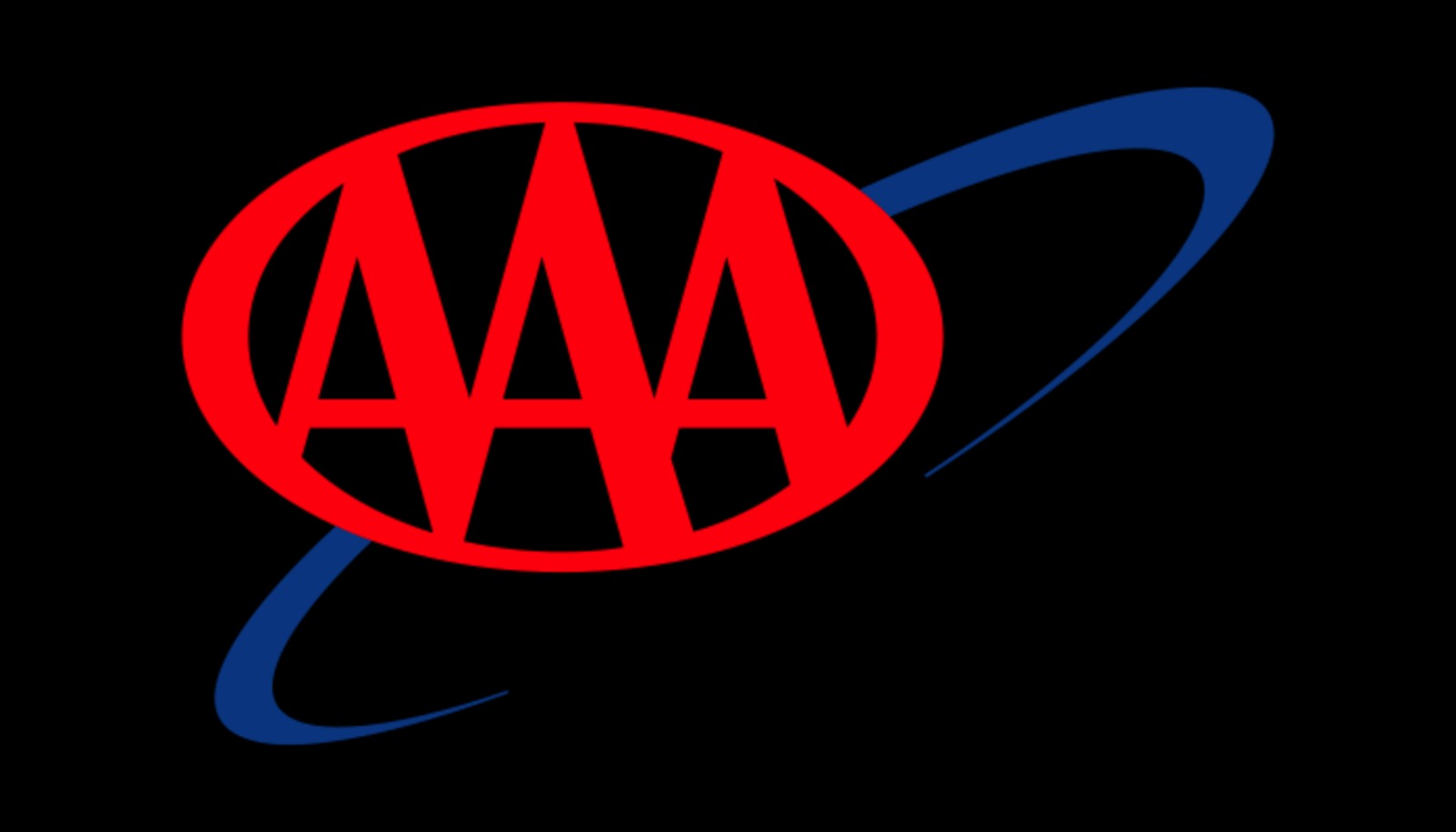

Finance
How Much Is Zoloft With Insurance?
Modified: February 21, 2024
Find out how much Zoloft costs with insurance and manage your finances effectively. Get the most accurate information on prices and coverage options in just a few clicks.
(Many of the links in this article redirect to a specific reviewed product. Your purchase of these products through affiliate links helps to generate commission for LiveWell, at no extra cost. Learn more)
Table of Contents
Introduction
Welcome to your guide on understanding the cost of Zoloft with insurance. If you or a loved one are considering using Zoloft as a treatment for a mental health condition, it’s important to know how insurance coverage can impact the cost. Zoloft, also known by its generic name sertraline, is a commonly prescribed medication for depression, anxiety, and other mood disorders.
While Zoloft can be a highly effective treatment option, the cost of the medication may vary depending on your insurance coverage. Understanding how insurance can affect the price of Zoloft is essential in making informed decisions about your healthcare. In this article, we will discuss the role of insurance in prescription medications, factors that influence the cost of Zoloft with insurance, how insurance coverage works for Zoloft, the average cost of Zoloft with insurance, and ways to lower the cost.
It is important to note that this article is not intended to replace professional advice. We highly recommend consulting with a healthcare professional or your insurance provider for specific information tailored to your situation.
Now, let’s delve into the world of Zoloft, insurance coverage, and the cost associated with this medication. By the end of this article, you will have a better understanding of what to expect when it comes to the cost of Zoloft with insurance and how to navigate the process effectively.
Understanding Zoloft
Zoloft, or sertraline, is a prescription medication categorized as a selective serotonin reuptake inhibitor (SSRI). It is primarily used to treat a range of mental health conditions, including major depressive disorder, generalized anxiety disorder, panic disorder, and obsessive-compulsive disorder.
The medication works by increasing the levels of serotonin, a neurotransmitter, in the brain. Serotonin is involved in regulating mood, sleep, appetite, and other functions. By restoring the balance of serotonin, Zoloft helps alleviate symptoms of depression and anxiety.
Zoloft comes in tablet and oral concentrate forms. The dosage and duration of treatment may vary depending on the specific condition being treated and the individual’s response to the medication. It is important to follow your healthcare provider’s instructions and take Zoloft exactly as prescribed.
While Zoloft is generally well-tolerated, it is important to be aware of potential side effects. Common side effects include nausea, diarrhea, dizziness, drowsiness, and sexual dysfunction. It is essential to discuss any concerns or side effects with your healthcare provider.
It is worth noting that Zoloft is not recommended for use in children below the age of 6. The safety and efficacy of Zoloft in pediatric patients for various conditions have been established, but it should be used with caution under the guidance of a healthcare professional.
Understanding how Zoloft works and its potential side effects is crucial when considering it as a treatment option. However, it is equally important to be aware of the financial aspects associated with obtaining Zoloft, which is where insurance coverage comes into play.
The Role of Insurance in Prescription Medications
Insurance plays a crucial role in providing financial coverage for prescription medications, including Zoloft. Health insurance plans typically include coverage for a range of prescription drugs as part of their benefits package. This coverage helps reduce the out-of-pocket cost for individuals seeking necessary medications.
With insurance, the cost of prescription medications, including Zoloft, is shared between the individual and the insurance provider. The specific amount that the individual is responsible for, commonly known as a copayment or coinsurance, can vary depending on the insurance plan.
Insurance coverage varies greatly depending on many factors, including the specific insurance plan, formulary, and individual policy. These factors can influence the availability of Zoloft as a covered medication and the amount that the insured individual is responsible for paying.
Formularies are lists of medications covered by insurance plans. Healthcare providers and insurance companies work together to create formularies that include a range of medication options to treat various conditions. The classification of medications within these formularies determines the level of coverage provided and the associated costs.
Insurance plans often categorize medications into tiers, with generic drugs typically being the lowest cost tier and brand-name drugs being in higher tiers. The specific tier that Zoloft falls into can impact the copayment or coinsurance amount that the individual is responsible for paying.
It is important for individuals to review their insurance policy and understand the coverage and copayment details for prescription medications, including Zoloft. This information can be obtained through the insurance company’s website, contacting the insurance provider directly, or speaking with a representative.
By understanding the role of insurance in prescription medications, individuals can make informed decisions when it comes to their healthcare and explore options to potentially reduce the cost of Zoloft with insurance coverage. In the next section, we will delve deeper into the factors that can affect the cost of Zoloft with insurance.
Factors Affecting the Cost of Zoloft with Insurance
The cost of Zoloft with insurance can vary based on several factors. Understanding these factors can help individuals predict and navigate the potential expenses associated with obtaining this medication.
Here are the key factors that can affect the cost of Zoloft with insurance:
- Insurance Plan: Different insurance plans have varying levels of coverage and cost-sharing arrangements. The specific plan you have will determine the copayment or coinsurance amount you need to pay for Zoloft.
- Tier Placement: Zoloft may be classified into different tiers within the insurance plan’s formulary. Higher-tier medications typically have higher copayments or coinsurance amounts. Checking the specific tier placement of Zoloft in your insurance plan can give you an idea of the potential cost.
- Generic vs. Brand: Generic versions of Zoloft, which contain the same active ingredient, sertraline, may be available at a lower cost compared to the brand-name version. Insurance plans may incentivize the use of generic medications by offering lower copayments for generics.
- Deductible: If your insurance plan has a deductible, you’ll need to meet that amount before your insurance coverage kicks in. This means that you’ll have to pay the full cost of Zoloft until your deductible is met, which can affect your out-of-pocket expenses.
- Copayment or Coinsurance: The copayment or coinsurance amount you need to pay for Zoloft can vary depending on your insurance plan. Copayments are fixed amounts, while coinsurance is a percentage of the medication’s cost. Understanding your specific copayment or coinsurance structure is essential for budgeting.
- Prior Authorization: Some insurance plans require prior authorization for certain medications, including Zoloft. This means that your healthcare provider will need to submit additional information to the insurance company to justify the necessity of Zoloft. The prior authorization process can impact the time and effort required to obtain the medication.
It’s important to review your insurance plan documents, contact your insurance provider, or speak with a representative to understand how these factors apply to your specific situation. By understanding the factors that affect the cost of Zoloft with insurance, you can better plan for any potential expenses and explore ways to lower the cost. In the next section, we will delve into how insurance coverage works for Zoloft.
How Insurance Coverage Works for Zoloft
Understanding how insurance coverage works for Zoloft is essential in navigating the cost of this medication. Insurance coverage can greatly impact the amount you need to pay for Zoloft and the overall affordability of the treatment.
Here are the key points to know about insurance coverage for Zoloft:
- Formulary Coverage: Insurance plans have formularies that list the medications they cover. Zoloft may be included in the formulary, but the specific coverage level can vary. It’s important to check your insurance plan’s formulary to confirm that Zoloft is covered and to understand the associated costs.
- Copayment or Coinsurance: When you fill a prescription for Zoloft, you are responsible for paying a portion of the cost, either through a copayment (a fixed amount) or coinsurance (a percentage of the medication’s cost). The specific amount depends on your insurance plan and the tier placement of Zoloft in the formulary.
- Deductible: If your insurance plan has a deductible, you must meet that deductible amount before your insurance coverage kicks in. Until the deductible is met, you will need to pay for the full cost of Zoloft out of pocket. After the deductible is met, your copayment or coinsurance will apply.
- Preferred vs. Non-Preferred Drugs: Some insurance plans have preferred drug lists or tiers, where certain medications receive more favorable coverage terms. If Zoloft is a preferred drug in your insurance plan, you may have lower copayments or coinsurance compared to non-preferred drugs.
- Prior Authorization: Your insurance plan may require prior authorization for Zoloft. This means that your healthcare provider needs to provide additional information to justify the medical necessity of the medication. Prior authorization can sometimes cause delays in obtaining Zoloft, so it’s important to be aware of this requirement.
- Quantity Limits: Insurance plans may have quantity limits on Zoloft to ensure appropriate use and to control costs. These limits restrict the amount of medication you can obtain within a specific timeframe. It’s important to check your insurance plan to understand if there are any quantity limits on Zoloft.
It’s crucial to review your insurance policy, speak with your insurance provider, or consult with a healthcare professional to fully understand the coverage details for Zoloft under your specific insurance plan. By knowing how insurance coverage works for Zoloft, you can better estimate the cost and explore strategies to lower expenses. In the next section, we will discuss the average cost of Zoloft with insurance.
Average Cost of Zoloft with Insurance
The average cost of Zoloft with insurance can vary based on several factors, including your insurance plan, your coverage details, and the specific pharmacy you utilize. However, we can provide a general overview of the average cost range for Zoloft with insurance.
On average, with insurance coverage, you can expect to pay anywhere from $5 to $50 for a monthly supply of Zoloft. This range is dependent on various factors, such as the tier placement of Zoloft in your insurance formulary, the copayment or coinsurance structure of your plan, and the negotiated rates between your insurance provider and the pharmacy.
It’s important to note that these figures are approximate and can vary significantly depending on your specific insurance plan. Generic versions of Zoloft, which contain the same active ingredient as the brand-name medication, can often be obtained at the lower end of the cost range.
Additionally, it’s worth mentioning that the cost of Zoloft without insurance can be significantly higher. Without insurance coverage, the monthly cost of Zoloft can range from $100 to $300 or more, depending on the dosage and the pharmacy you choose.
Remember that these are general estimates, and the actual cost you may pay for Zoloft with insurance can vary based on your individual circumstances. It’s crucial to review your individual insurance plan details, including the copayment or coinsurance structure, formulary coverage, and any preferred or non-preferred drug classifications.
If you have concerns about the cost of Zoloft with insurance, don’t hesitate to reach out to your healthcare provider or insurance provider for more information. They can assist you in understanding your coverage and explore any available options to help reduce the cost.
Next, we will discuss some ways to potentially lower the cost of Zoloft with insurance.
Ways to Lower Zoloft Cost with Insurance
Managing the cost of Zoloft with insurance is essential for many individuals seeking this medication. Fortunately, there are several strategies you can consider to help lower the cost:
- Choose Generic: Opt for the generic version of Zoloft, which is usually more affordable than the brand-name medication. Generic versions contain the same active ingredient (sertraline) and are equally effective.
- Check Preferred Drug Lists: Review your insurance plan’s preferred drug list or tier placement for Zoloft. Preferred drugs often have lower copayments or coinsurance amounts, making them a more cost-effective option.
- Use Mail-Order Pharmacies: Some insurance plans offer the option to use mail-order pharmacies for long-term medication prescriptions. Mail-order pharmacies often provide discounts and lower copayments, helping to reduce the cost of Zoloft.
- Compare Pharmacy Prices: Prices for prescription medications can vary between different pharmacies. Utilize tools, such as online comparison websites, to compare prices and find the most affordable option for filling your Zoloft prescription.
- Consider Therapeutic Alternatives: Work with your healthcare provider to explore alternative medications or treatment options that may be more cost-effective for your specific condition. They can recommend suitable alternatives that may have lower costs.
- Utilize Prescription Assistance Programs: Some pharmaceutical companies offer patient assistance programs that provide discounts or financial support for those who qualify. Explore if there are any assistance programs available for Zoloft that can help lower the cost.
- Review and Modify Insurance Coverage: Periodically review your insurance coverage to ensure it aligns with your medication needs. If you find that the cost of Zoloft is consistently high, consider adjusting your insurance plan during open enrollment to one that offers better coverage and lower out-of-pocket expenses.
It’s important to note that not all strategies may be applicable to everyone, and the effectiveness of each method can vary based on your insurance plan and individual circumstances. Consulting with your healthcare provider and insurance provider can provide the best guidance on how to lower the cost of Zoloft with insurance.
By exploring these options and understanding your insurance coverage, you can make informed decisions and take steps to reduce the financial burden associated with Zoloft. Ensuring affordable access to necessary medications is crucial for maintaining your overall well-being.
Now, let’s summarize what we’ve discussed in this article.
Conclusion
In conclusion, understanding the cost of Zoloft with insurance is crucial for individuals seeking this medication to manage mental health conditions. By understanding the factors that impact the cost, how insurance coverage works, and strategies to lower expenses, individuals can make informed decisions and ensure affordable access to Zoloft.
Insurance coverage plays a significant role in determining the cost of Zoloft. Factors such as your insurance plan, tier placement of Zoloft, copayments or coinsurance, and prior authorization requirements can all influence the amount you need to pay.
The average cost of Zoloft with insurance typically ranges from $5 to $50 for a monthly supply, depending on various factors. However, it’s important to review your specific insurance plan details to get an accurate estimate of the cost you’ll be responsible for.
To lower the cost of Zoloft with insurance, consider options such as choosing generic medications, checking preferred drug lists, utilizing mail-order pharmacies, comparing pharmacy prices, exploring therapeutic alternatives, and utilizing prescription assistance programs.
Regularly reviewing your insurance coverage and making adjustments as needed can also help manage expenses. By staying informed and proactive, you can navigate the cost of Zoloft effectively.
Remember to consult with your healthcare provider and insurance provider for personalized advice and guidance tailored to your specific situation. They can help you understand your insurance coverage, explore cost-saving options, and make decisions that align with your healthcare needs.
Overall, with proper knowledge and strategic considerations, individuals can navigate the cost of Zoloft with insurance and ensure access to this important medication for managing mental health conditions.














